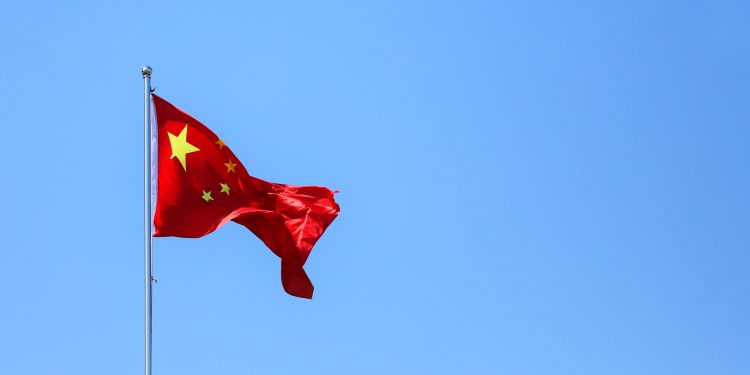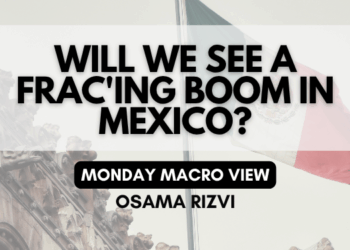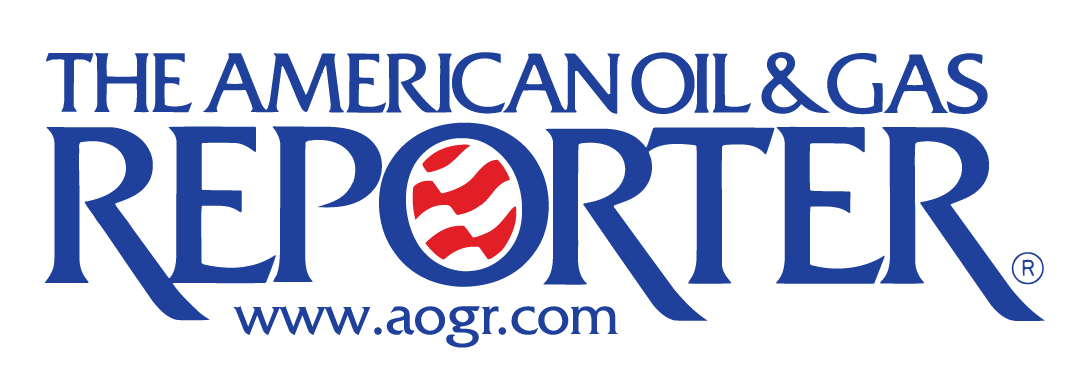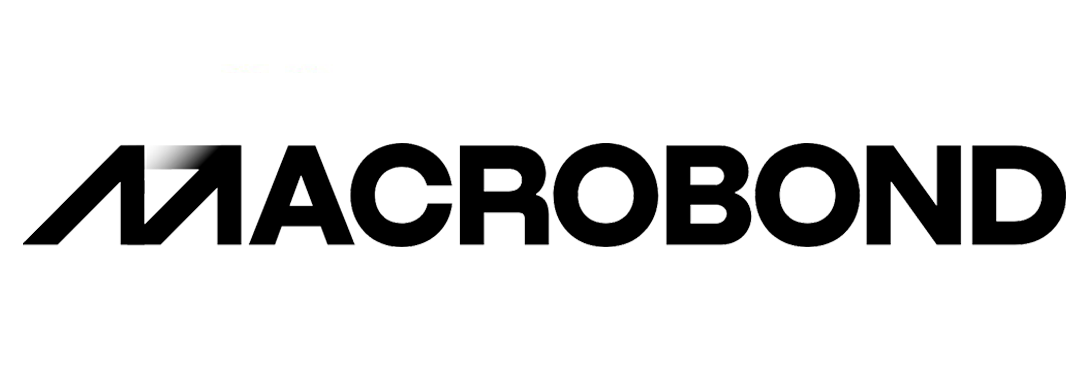Deflation, in economic parlance, refers to the general decline in the price levels of goods and services within an economy. Contrary to inflation where prices increase, deflation witnesses a drop in the Consumer Price Index (CPI), indicating that the purchasing power of money is rising. While occasional declines in specific sectors’ prices are normal, the concern arises when this decline becomes pervasive, affecting a broad spectrum of goods and services.
Several factors can trigger deflation. A significant one is a reduction in the supply of money or credit. According to Milton Friedman, a renowned economist, “Inflation is always and everywhere a monetary phenomenon,” and by that logic, its counterpart, deflation, is intrinsically linked to money supply (Friedman, 1963). A decrease in the demand for goods and services, technological advancements that reduce production costs, and increased competition can also contribute.
Japan’s “Lost Decade” in the 1990s offers a compelling case study on the impacts of deflation. With asset price bubbles bursting in the late 1980s, the country experienced a prolonged period of economic stagnation, marked by falling prices, sluggish demand, and an overall lack of business and consumer confidence. From 1999 to 2002, Japan’s CPI saw a consistent decline, with 2001 experiencing a drop of -0.7% (IMF, 2003). The deflationary spiral further intensified the nation’s debt burden in real terms, making recovery even more challenging.
While deflation might sound appealing, especially when compared to the eroding power of money during inflationary periods, it can have pernicious effects. For consumers, the anticipation of further price decreases might delay their purchases, leading to reduced consumption — the backbone of many economies. This delayed consumption can subsequently hurt businesses, leading to decreased revenue, production cuts, layoffs, and even bankruptcy. From a macroeconomic perspective, deflation increases the real value of debt, making it more burdensome for borrowers (Fisher, 1933).
Central banks and governments often take actions to prevent or combat deflation, given its detrimental consequences. These measures could range from reducing interest rates, quantitative easing, or fiscal stimulus packages to boost demand.
Should we be worried about deflation?
When people believe prices will continue to drop, they often hold off on buying, leading to a decrease in overall demand. Businesses, facing reduced income, may cut back on production, leading to layoffs and lowered salaries. This can set off a harmful loop known as a deflationary spiral, potentially resulting in an economic downturn.
Is Disinflation and Deflation the same thing?
While both involve price changes, deflation and disinflation aren’t the same. Deflation means average prices of items are genuinely decreasing over time, while disinflation indicates that prices are rising, but at a slower pace than before.
Example:
- Disinflation: If the inflation rate was 5% last year and drops to 3% this year, we are experiencing disinflation. Prices are still increasing, but they are doing so at a slower rate than before. For instance, a product that cost $100 last year would cost $105 at the end of the year with a 5% inflation rate. If this year the inflation is 3%, the cost of that product would be $108.15 at the end of the year, not $110.25 as it would be with another 5% increase.
- Deflation: If the general price level decreases and the inflation rate becomes negative, say -2%, then we have deflation. Using the same example, if the product cost $100 last year, it would cost $98 at the end of a year with a deflation rate of 2%.
Globally, it seems we’re seeing disinflation, as price hikes seem to have stabilized and central bank interest rate adjustments start to impact. However, despite this, consumers haven’t generally seen a decrease in prices yet. Observers are closely watching major global players, especially the US and China, for potential deflationary signals.
Fears of deflation are rising in China!
China’s once unyielding economic engine, synonymous with relentless growth for over 25 years, is displaying signs of deceleration, with ramifications reverberating globally. Recent economic indicators revealed sustained declines in both exports and imports, while the dropping prices across various commodities, including real estate, hint at looming deflation. This economic turbulence was exemplified when a major real estate developer, Country Garden, reported defaults and significant losses. As the Chinese economic landscape shifts, global markets anticipate reduced demands for myriad products, from soybeans in Brazil to luxury items in Italy. Historically, China’s economic contribution has been formidable, responsible for over 40% of global economic growth in the past decade. However, mounting concerns arise from its debt, estimated to be a staggering 282% of national output. Additionally, the Chinese Communist Party’s aspirations to pivot from an export-driven model to one emphasizing domestic consumer spending faces a multitude of challenges, including international trade tensions. The U.S., for instance, has imposed tariffs and investment bans, further exacerbating economic relations. Moreover, in response to these geopolitical strains and pandemic disruptions, multinational corporations are exploring manufacturing alternatives in countries such as India and Vietnam. Domestically, while the pandemic’s lockdown measures were expected to reinvigorate consumer spending upon lifting, the reality paints a contrasting picture of weak expenditure.

Factors such as the high savings rate, evident in the surge of household deposits by roughly $1.7 trillion, showcase the public’s eroding faith in the economy. The overburdened real estate sector, with its vast expanse of unoccupied properties and stalled projects, echoes the disconcerting memories of Japan’s economic downturn post the 1990s real estate bubble burst. The shadow of deflation, a specter that disrupts societal spending patterns, looms ominously; however, many economists remain hopeful of China evading this outcome.

The Chinese government is now signaling a transition towards policies that encourage growth and business, emphasizing the importance of stimulating domestic demand. But, the sheer magnitude of China’s debt may cripple these rejuvenation efforts.
Looking ahead, as China endeavors to centralize its economy around domestic consumption, potential declines in wages and household wealth could emerge. With exports and imports constituting a substantial 40% of China’s economic composition, any further reductions could adversely impact employment and incomes, fostering a pessimistic economic narrative.












